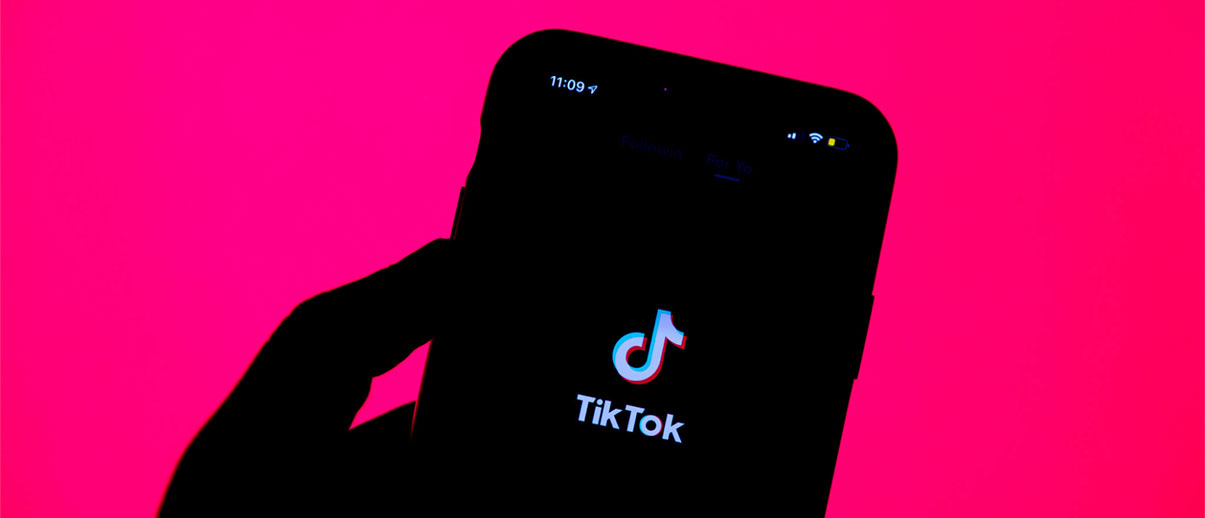Recent Articles
TikTok: More Than Just a Moment in Time
Mary Lawhorn, Egg Strategist
TikTok has taken the world by storm. Although the platform has been around for some time, the app’s popularity has skyrocketed in our current COVID moment. In the first quarter of 2020 Tik Tok set the record for the number of app installs in a single quarter, achieving 315 million downloads. This single quarter success pushed the platform to just over 2 billion all-time downloads. In comparison, it took Facebook 10 years to rack up 4.6 billion downloads, and Tik Tok has only been around since 2016.
TikTok’s distinctive style of content drives its popularity. Filled with humorous videos, heartwarming short stories, and DIY lessons, it has something for everyone and provides the perfect distraction. Videos are short-form (15-60 seconds), making them easily digestible, and the user interface is effortless to navigate. All of this makes TikTok content perfectly built to go viral. From re-creating a scene from The Kardashians to completing the newest dance challenge, or producing original comedy skits, the app’s content embodies the idea of imitation as the highest form of flattery.
Beyond being a platform for entertainment, TikTok is quickly positioning itself as the next frontier for branded content. The app has had major success catching the eye of brands, particularly in the influencer marketing space. With media budgets shifting and consumption habits changing drastically, this space has emerged as ripe for exploration and rich with potential influencers. With the ongoing challenge of nailing brand tone and message on a large scale today, the influencer approach has become a way for brands to ‘organically’ communicate. One company, Quiktok, has even emerged as a platform to facilitate the connection between brands and TikTok influencers.
Beyond influencer marketing, TikTok is also a hub of user-generated content. This makes the platform well-positioned for social media “challenges” – creating a great opportunity for brands to interact with consumers. Chipotle has broken through in this space from their #GuacDance Challenge in 2019 to their more recent #ChipotleSponsorMe competition. These activations leverage TikTok to authentically communicate without tapping a large media budget. Engaging consumers in this creative way not only deepens their emotional connection to the brand, it also creates a library of content that can be used use across other platforms.
Beyond Chipotle, Elf cosmetics emerges as another brand that has successfully leveraged TikTok to engage consumers. After running a successful campaign at the end of 2019, the brand partnered with up-and-coming music artists to launch an original song on TikTok titled eyes.lips.face. When they released the song, they launched a corresponding dance challenge with the hashtag #eyeslipsface. The campaign successfully captured 5.1 billion views and curated 3.5 million user-generated videos.
So what does this mean to brands moving forward? Even once we emerge from this strange and challenging COVID moment, we’d hypothesize TikTok remains popular given the reputation it’s built. It’s a compelling case study that emphasizes the importance of new and emerging media forms. Looking at brands who have successfully adopted the platform demonstrates the potential payoff of continuing to evolve communication styles and seizing on immediate opportunity.
